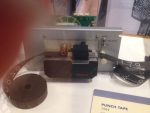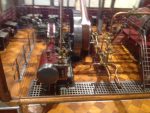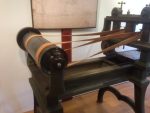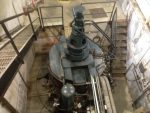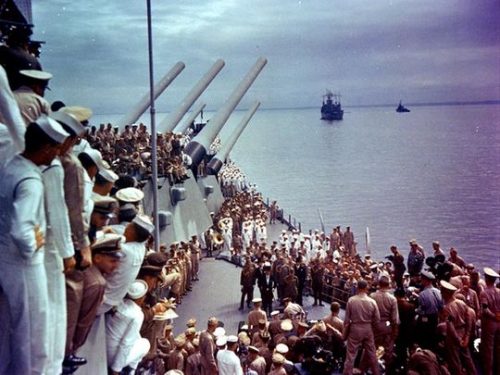This New Yorker writer seems to feel that, had government been adequately respected, funded and supported (and the dangers of Climate Change properly recognized), the ‘Cajun Navy’ of volunteer rescuers would not have been needed.
Glenn Reynolds suggests that the author has apparently never read Alexis de Tocqueville. (Or, alternatively, I would suggest, may have read him but not really understood him all that well)
Tocqueville, of course, wrote famously (in his book Democracy in America) about the tendency of Americans to come together and form voluntary associations to accomplish particular goals, without anyone having to tell them to do so.
Tocqueville also wrote another book, The Old Regime and the French Revolution, in which he traced the constancy of certain aspects of French society across the monarchy and the Republic. In an appendix, he argues that “the physiognomy of governments can be best detected in their colonies, and rendered more conspicuous.” Looking at French Canada under Louis XIV and Algeria under the Republic, he wrote:
In both places the government numbers as many heads as the people; it preponderates, acts, regulates, controls, undertakes everything, provides for everything, knows far more about the subject’s business than he did hiself–is, in short, incessantly active and sterile.
He contrasts this system–under which “there was not a shadow of municipal or provincial institutions; and no collective or individual action was tolerated” with that in America:
In the United States, on the contrary, the English anti-centralization system was carried to an extreme. Parishes became independent municipalities, almost democratic republics. The republican element, which forms, so to say, the foundation of the English constitution and English habits, shows itself and develops without hindrance. Government proper does little in England and individuals do a great deal; in America, government never interferes, so to speak, and individuals do everything.
Rose Wilder Lane also found it useful to contrast the differing colonial strategies of European powers: France and Spain, on the one hand, and Britain, on the other:
The Governments gave them (in the case of the French and Spanish coloniesed) carefully detailed instructions for clearing and fencing the land, caring for the fence and the gate, and plowing and planting, cultivating, harvesting, and dividing the crops…The English Kings were never so efficient. They gave the land to traders. A few gentlemen, who had political pull enough to get a grant, organized a trading company; their agents collected a ship-load or two of settlers and made an agreement with them which was usually broken on both sides…To the scandalized French, the people in the English colonies seemed like undisciplined children, wild, rude, wretched subjects of bad rulers.
Does the New Yorker writer also see Americans as “undisciplined children, wild, rude, wretched subjects of bad rulers,” with the badness of the rulers lying mainly in their not having been given enough power?
It strikes me that Leftists are mostly very institutional people….they believe that things must be done by people who are properly trained and credentialed, organized in a top-down manner.
This attitude was very much on display when, immediately after 9/11, the idea of arming airline pilots was first mooted. Media types were appalled; to them, there are people who are trained and credentialed to fly airplanes and there are people who are trained and credentialed to carry firearms on behalf of the government, and never the twain shall meet.
(And, of course, it was action of the passengers, not coordinated by any central authority, that prevented Flight 93 from being used to conduct even greater devastation on 9/11.)
Robert Heinlein wrote: “A human being should be able to change a diaper, plan an invasion, butcher a hog, conn a ship, design a building, write a sonnet, balance accounts, build a wall, set a bone, comfort the dying, take orders, give orders, cooperate, act alone, solve equations, analyze a new problem, pitch manure, program a computer, cook a tasty meal, fight efficiently, die gallantly. Specialization is for insects.”
Such thoughts are anathema to the Institutional Left.
See also Lead and Gold on Elite Panic and The Hive Mind, also People are the Design Margin, by Richard Fernandez.


